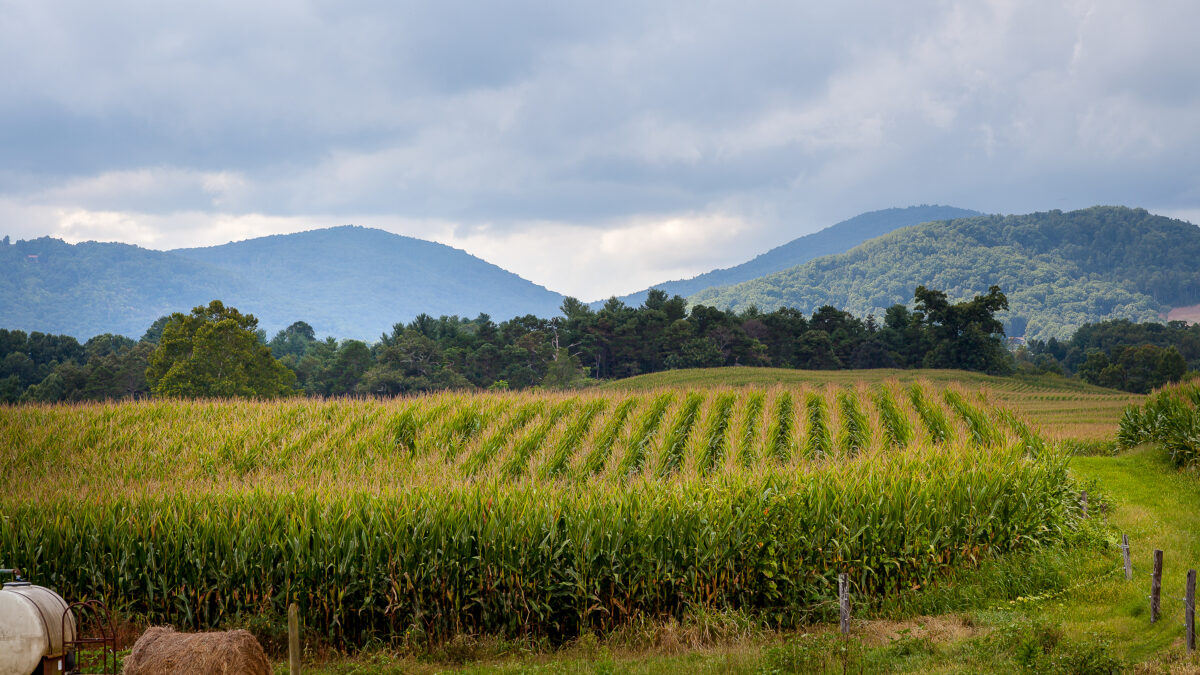Farm Bureau Urges Swift Implementation of Risk Management Programs
Erin Anthony
Director, Communications

photo credit: North Carolina Farm Bureau, Used with Permission
Erin Anthony
Director, Communications
A timely implementation and sign-up process for key risk management programs, such as the new Dairy Margin Coverage and the revamped Agricultural Risk Coverage and Price Loss Coverage programs, should be at the top of the to-do list as USDA moves forward with the 2018 farm bill, according to the American Farm Bureau Federation.
“Many farmers and ranchers find themselves in a difficult financial position, and specifically, in the case of dairy, need timely risk management protection from DMC to meet short-term cash flow needs. We urge the Agriculture Department to quickly post the benefits of DMC program participation, so that in advance of the enrollment process and ultimately the program payments, dairy farmers may work with their creditors on short-term financing needs,” Farm Bureau said in recent comments submitted as part of USDA’s 2018 farm bill implementation listening session. The group cautioned that delays could put some dairy farmers out of business.
For growers considering shifting from ARC to PLC or vice versa, USDA needs to provide information on how the Farm Service Agency will update program yields and how growers can calculate which program’s yield time period provides better support on a commodity-by-commodity basis.
“This information will be critical for evaluating the potential performance of the ARC-County Option and PLC,” Farm Bureau said.
Growers who have moved out of program crop production and into alfalfa, grasslands or production of a non-covered commodity such as aquaculture will be anxious to hear how USDA intends to treat these base acres with respect to the suspended base and program payments, the group noted. “Not only will it impact the financial health of the farm business, but longer term, the underlying asset value is impacted if the base acres long associated with the farm become suspended,” according to Farm Bureau.
Also important is clarity on how new provisions related to enterprise units across county lines for crop insurance purposes will affect coverage for the 2019 crop year. These details are critical as the spring price discovery period for crop insurance recently closed and policies will soon be eligible for purchase.
In addition, Farm Bureau urged USDA to consider streamlining the enrollment and crop reporting process for growers eligible to participate in the Noninsured Crop Disaster Assistance Program and the Whole-Farm Revenue Protection plan. This process is difficult for farmers who plant multiple crops with different reporting dates throughout the growing season. “The current staggered reporting process for these programs increases the administrative friction for growers attempting to utilize these USDA programs,” the group explained.
Finally, with millions of Conservation Reserve Program acres expiring in the coming years, Farm Bureau said it would appreciate timeliness in issuing the guidelines for the new management options for CRP and additional guidance on the prioritization of environmentally sensitive lands and wildlife initiatives given the expansion of the acreage cap beginning in 2020. “Producers with expiring CRP contracts will be making long-term management decisions in the upcoming months and would benefit from clarity on these new conservation guidelines,” Farm Bureau said.